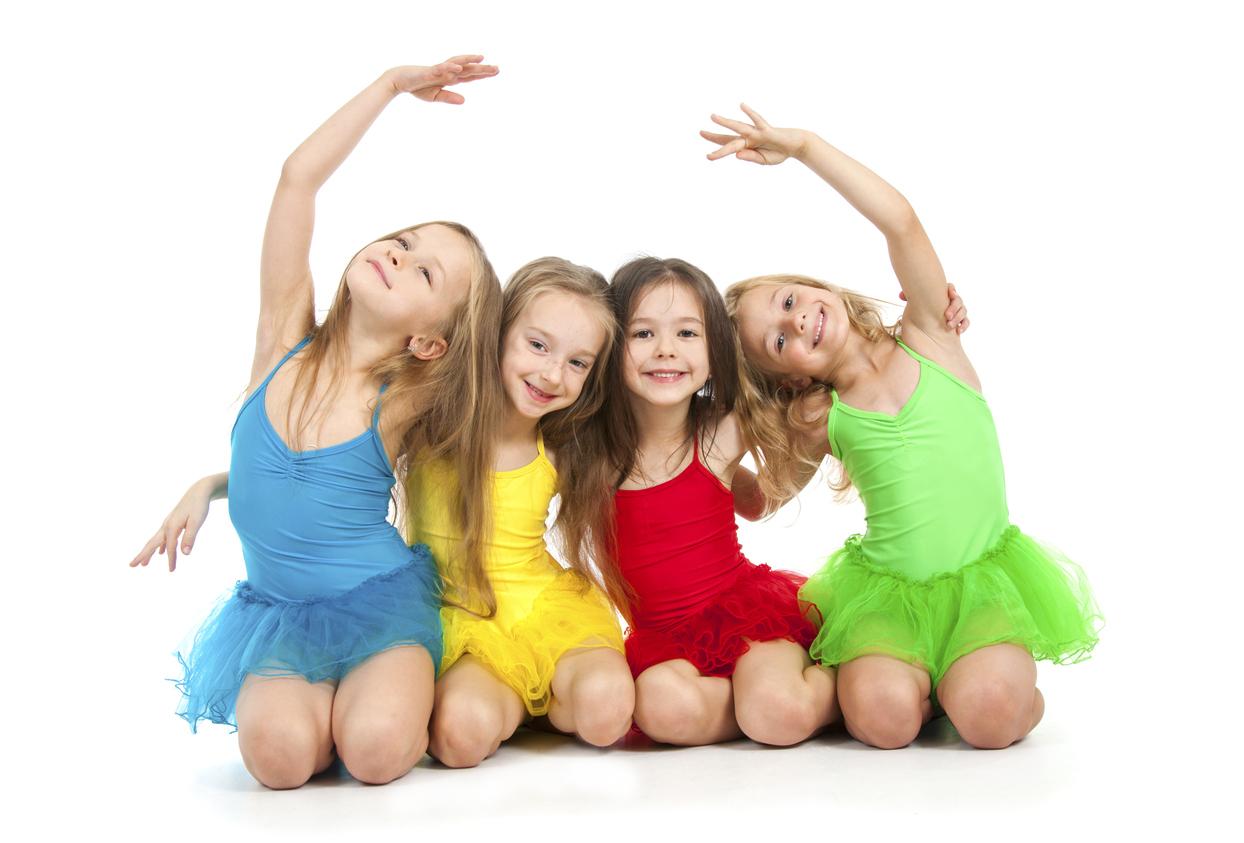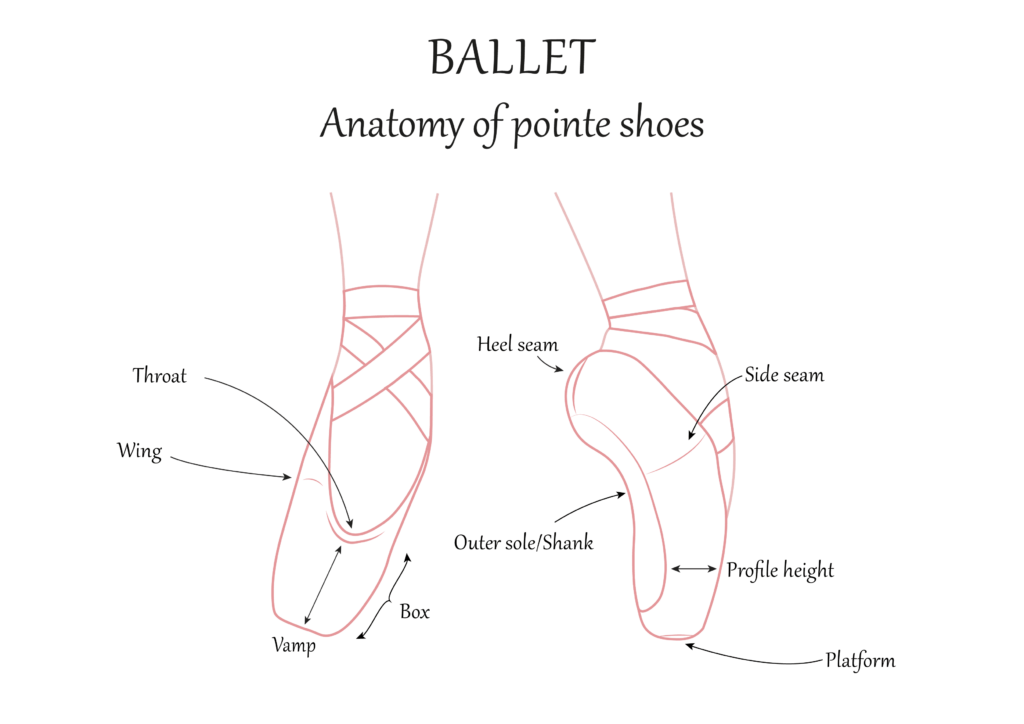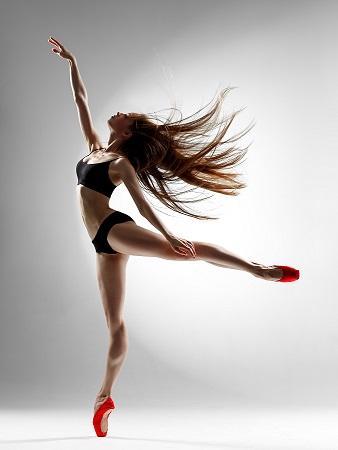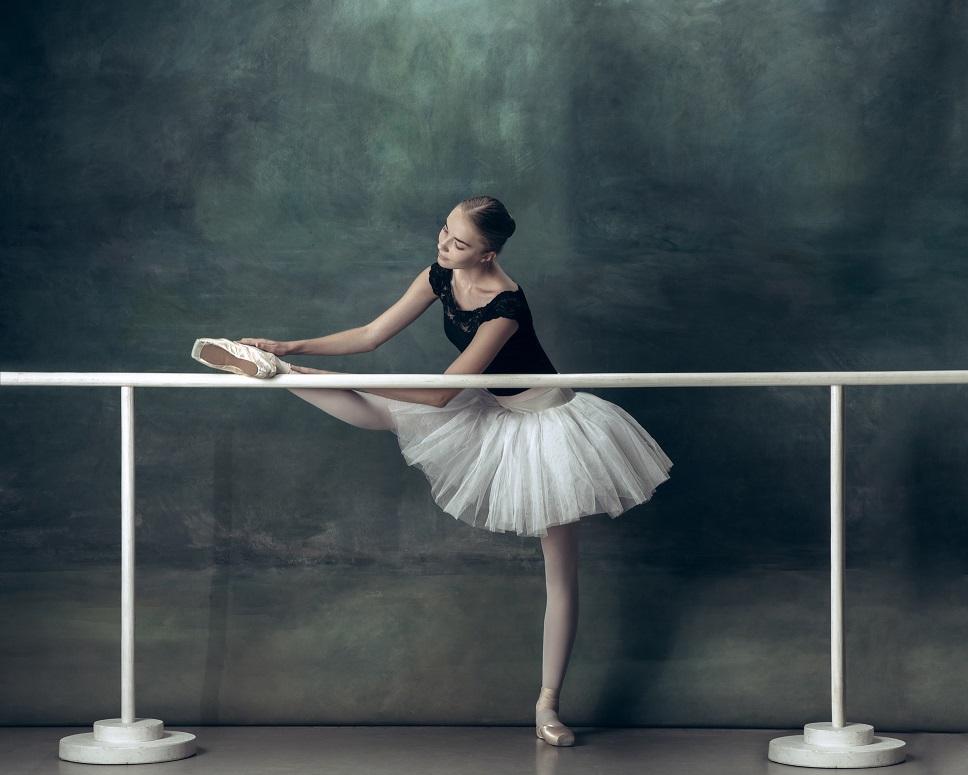Alexa Lane - Holistic Counseling
Mind - Body - Soul
Keys to a successful Preschool Dance Program
Why is dance important?
Dance is a great way to introduce young children to creativity and movement. Multiple studies, including one published by the New England Journal of Medicine, have concluded that dance education has been shown to reduce stress, improve spatial awareness, increase energy, improve physical fitness, improve academic achievement, and increase mental capacity. Dance training also helps with social/emotional well-being and a child’s ability to cooperate and collaborate. In my classes, I have had the honor of seeing very shy children blossom and grow through the creative arts. Additionally, dance training helps with body positivity, creativity, and self-confidence.
Teacher
Hiring the right teacher is essential to the success of a preschool dance program. An experienced teacher with a patient and upbeat personality is essential. I believe it’s important to train children correctly in dance from the beginning. An experienced teacher will be aware of the proper way to train motor skills, so that children do not get injured or develop poor body mechanics. Equally important are offering different learning modalities to teach the curriculum, such as, auditory, kinesthetic, and visual. An experienced teacher will be able to teach the dance content in multiple ways, so that all children will understand.
In addition to an experienced teacher, it’s also a good idea to have an assistant to help organize the children throughout the class.
Preparation and Curriculum
Preparing a standardized preschool curriculum will set you up for success. I put together teacher training manuals for my programs with the class plans and curriculum available for my staff to review. This helps get all of the teachers on the same page and supports continuity in all classes. A set curriculum for your preschool class will keep young dancers engaged. Beyond curriculum, it is a good idea to have set, weekly lesson plans in place for each semester. This will save time. Children at this age need structure, so I have my preschool classes planned out to the minute. Having a class plan in place also helps to get the children back on track in case you happen to lose their attention (which can happen at this age).
Fun Of course, preschool dance classes need to be fun for kids and encourage heartfelt self-expression. Choosing the right music is essential. I like to play instrumental versions of Disney songs for ballet. The children love to imagine being a Disney princess or prince in a magical land while they are learning basic ballet. In addition, creating different themes and rhythms for the dance class can stimulate imagination. Children love to clap and jump to percussive beats. You may also try visual aids and coloring books, which can help the children learn the curriculum. Props can also be fun to add to class. However, I have found that too many props can be distracting. One fun prop per class works well. I use scarves, spots or hula hoops on the floor that children can jump over, colored tape on the floor to practice balance and walking in a straight line, and small percussive instruments. Lastly, I give out fun stickers to the children after class to thank them for dancing with me and to acknowledge that everyone did a great job!
Keys to Choosing the Right Dance Studio for your Child
If your child loves to move to music, enrolling them in a dance class seems like a great idea. However, with so many studios to choose from, it can be daunting to decide which studio is the best fit. Below are a few things to help you narrow your search.
Location
Obviously, choosing a studio close to your home is helpful, especially if your child would like to take more than one dance class per week. If there is more than one dance studio in your neighborhood, how do you know which would be the best fit for your child?
A few questions to ask are:
- Do you see your child pursuing dance professionally or for fitness and fun?
- Does the studio have a competitive environment and promote competition teams?
- Are the instructors professional and educated?
- Are there performance opportunities?
- Does the studio offer drop-in classes or full semester packages?
Professional development versus Fitness and Fun
Children who are interested in pursuing dance professionally will need to dance several days per week. This requires a financial and time commitment from parents. To give you an idea, as a former professional dancer, by the time I was in high school, I took 13+ classes per week.
However, if your child wants to learn to dance for fitness and fun, once a week is fine. As I mentioned in other articles, dance has many benefits including physical/mental well-being, creative/self-expression, body positivity, and helps develop healthy lifestyle choices.
Competitive versus Non-competitive Environment
Dance competitions are very popular and I do believe there is a healthy way for children to participate in competitive dance. I competed as a child and have also judged dance competitions.
Here is my advice for parents whose children are involved in competitive dance teams:
- Choose a studio that’s focused on professional training, meaning the children are taking quality dance lessons, not just running competition routines.
- The atmosphere at the studio should be healthy, upbeat and supportive. No exceptions! If there is a lot of drama amongst the instructors, students or parents, leave and find a more supportive dance studio.
- Save your money and choose one or two competitions to participate in. Also, limit the number of dance routines your child performs in.
- Lastly, you do not have to compete in dance competitions to become a professional dancer.
Most studios offer dance classes that are not affiliated with their dance competition teams. The key here is to find the right class and teacher for your child. Sometimes studios put inexperienced teachers on these classes. My advice is to make sure the studio has professionally trained teachers on all classes. A non-competitive environment suits many sensitive, young artists and creates a space where all children can thrive.
Instructors
To determine which dance instructor is best for your child, look for education, experience, and training. Specifically, certifications from accredited dance programs, college degrees, and professional dance experience are imperative. Theatrical unions, such as Actors’ Equity Association and SAG-AFTRA, demonstrate that the instructor has performed in professional venues. To support health and well-being, training and certification in yoga, Pilates, and exercise science can also enhance the dance instructor’s repertoire. Of course, all instructors must provide a nurturing, compassionate, loving, and safe environment where all children can thrive, grow, and learn.
Performance Opportunities
Most studios offer performance opportunities such as dance recitals, competition teams as mentioned above, and showcases. Two things to consider are time and money. Performances require additional rehearsals for the children as well as costume fees and new dance shoes. I know some parents do not want to participate in performances, so for many reasons, it’s optional at my studio.
Drop in Classes or Full Semester Packages
The benefits of being able to drop in are great for parents who have children involved in many different activities or are unsure if their child is going to enjoy dance. The benefits of paying for a full semester is the convenience of taking care of tuition upfront, so that you do not have to think about weekly payments. A full semester package also provides consistent practice, so your child’s dance technique and fitness level will progress. It is best to choose what works best for you and your child.
Anatomy of Pointe Shoes
Dancing en pointe for the first time is very exciting. However, wearing perfect fitting pointe shoes is essential to avoid injury. Finding pointe shoes that are the right size and support the dancer’s particular anatomy is imperative. Therefore, I advise all dancers to go to a dancewear store to get professionally fitted for pointe shoes.
Below are the general components of a pointe shoe.
Vamp
The vamp on pointe shoes refers to the part of the shoe that envelops the toes and the front of the foot. Regarding an ideal size, dancers can purchase pointe shoes with a vamp the same length as their toes. For example, dancers with longer toes can purchase pointe shoes with greater length in the vamp.
The Box
The box envelops the toes. Regarding an ideal fit, the box has an assortment of structures that range from a square to a tapered box.
Platform
The platform is the top part of a pointe shoe that enables the dancer to execute pointe work (en pointe).
Profile Height
The profile refers to the height of the shoe and can be high or low. A high profile pointe shoe box appears to have a cylindrical shape and a larger space between the outer sole and the vamp. A low profile appears flatter and has a small space between the outer sole and the vamp.
Outer Sole
The bottom part of the pointe shoe that touches the floor.
Shank
The shank is the supportive insole.
Wing
The wings are an extension of the vamp on each side of the point shoe. The wings provide support.
Throat
The opening of the pointe shoe is the throat and is closest to the toes.
Side Seam
The side seam joins the front and the back of the pointe shoe.
Heel Seam
The heel seam is in the back of the pointe shoe. It divides the quarters that are behind the side seam.
The 7 Movements of Dancing
The seven movements of dancing provide fundamental dance terminology for beginning students.
- Plier: To bend
Plier describes the motion of flexing the knee or knees.
- Relever: To raise, rise, or lift
The dancer rises to the balls of the feet and moves into demi-pointe.
- Glisser: To glide
The dancer performs a motion that glides across the floor. From fifth position, bend the knees (plié) and brush one foot a few inches off the ground. Transfer your weight onto this foot. Slide the opposite foot into fifth position and bend the knees (plié).
- Sauter: To jump
A jumping movement. From plié, push off the floor. Point your toes, engage your leg muscles, and land in plié.
- Tourner: To turn around
The dancer performs steps that involve turning. An example is a pirouette.
- Étendre: To stretch
The dancer performs a stretching movement that involves lengthening the leg by stretching the knee, ankle, foot, and toes.
- Elancer: To dart
The dancer performs movements in a darting manner. An example is the step sissonne.




